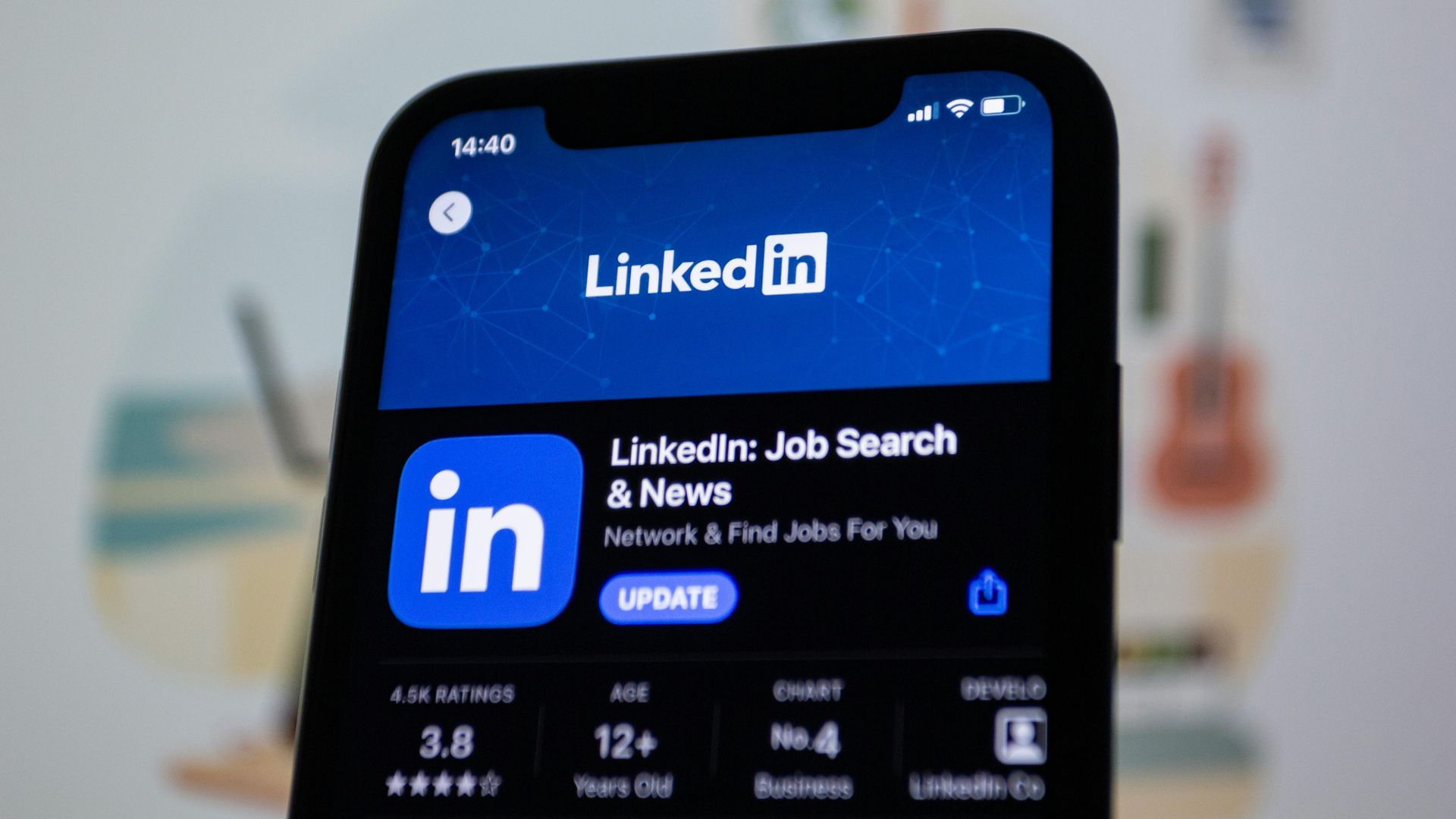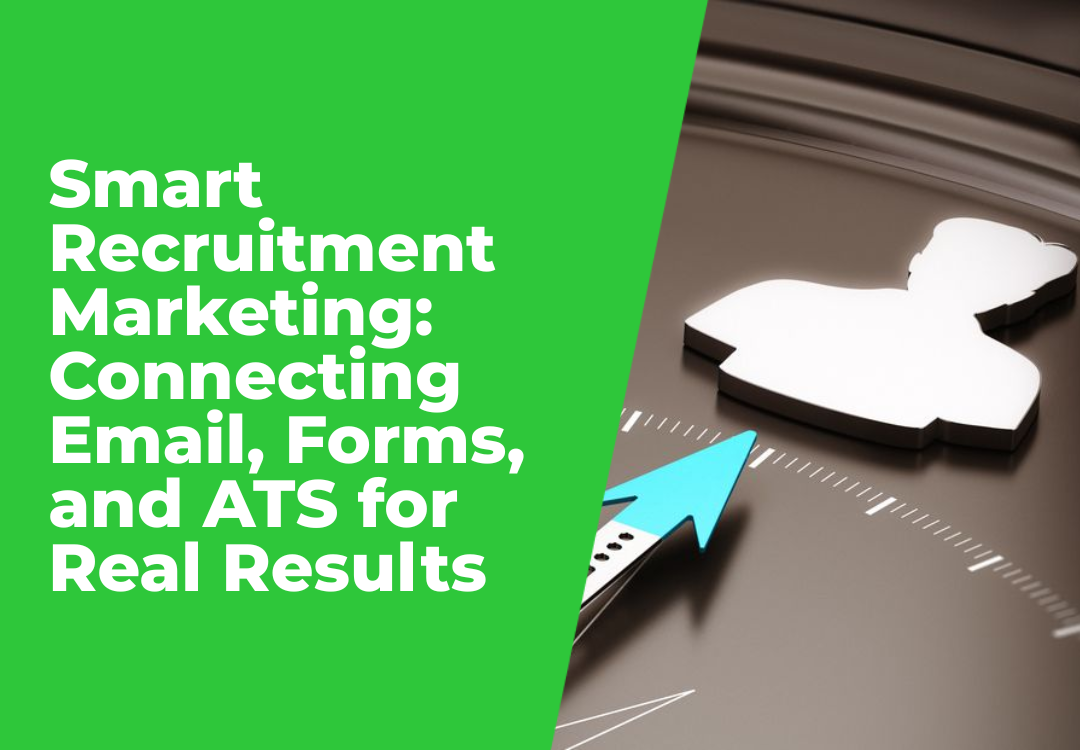The Do's and Don’ts of Customer Service for Recruiters
August 6, 2021
Everyone can recall a time when they’ve received excellent customer service. Whether it was the clerk who was extra helpful or the hotel staff who went above and beyond, we’ve all experienced it. Unfortunately though, the bad customer service is almost always recalled more easily.
In the pursuit of excellent customer service, several dos and don’ts should be followed:
Do: Anticipate Their Needs and Wants
Instead of merely listening to your customer’s needs, a business needs to understand their unexpressed wishes and anticipate their next move. Staying one step ahead of them—literally giving them what they didn’t know they needed—is how you will stand out from the rest. This builds exceptional rapport with your customer and makes them feel like you really, truly value their business. They will want to come back, and what’s more, they’re going to tell their friends all about your customer service.
Do: Be Honest
Broken promises are the fastest way to destroy trust. So always follow through on your promises. Prices, additional fees, and extra charges should all be reasonable. Make it a point to have clear return and refund policies. Deliver on time, if not ahead of schedule. When you say you'll respond and follow up, you should. Provide the services you advertise in your correspondence and marketing. According to the old adage, honesty is the best policy. It certainly applies to good customer service.
Do: Show Genuine Interest
If you haven’t heard it yet, here it is: customers want to feel appreciated and they value an honest relationship. If your customer service staff can build, nourish and manage relationships, then you’re in a great place! One way for you to build the relationship and make them feel special is by genuinely caring about what they’re telling you. Listen to them grumble, show sympathy, laugh when they laugh and don’t be afraid to get personal. Something as minute as memorizing the name of their granddaughter or asking about their last trip to Hawaii will help solidify your relationship.
Digitally speaking, doing this well means using chat bots and social media to engage in a conversation and being open and transparent online! Your online customer service is as important, if not more so than the face-to-face interactions. At the root of it all, the customer wants to feel that they’re spending their hard-earned dollar on a business that cares about them!
Do: Express your Gratitude
Words of thanks will make your customers feel valued for their devotion to your brand. Saying "Thank You" to those who support your business will not take much time or effort, but it will demonstrate how grateful you are that they chose your product or service. It also demonstrates that you value the opportunity to be helpful and assist the customer.
Do: Have the Answers and Deliver
While it’s up for debate on whether customers are always right, the fact of the matter is, you are the expert and not your customer. You should always have the answers and be able to deliver. That is why ist is stated that product and service knowledge is the most vital skill a customer service representative can possess.
If you don’t
have the answer, try your best to find it out or direct the customer to someone who can answer their queries. Avoid saying the phrase, “I don’t know” at all costs. Remember, you’re the expert. Having the answers and delivering them promptly and respectively will build trust and confidence in your customer.
Don’t: Restrict the Customer
Customers hate to hear the word, “no.” It’s a fact of life. Though it’s not always possible to say “yes,” best practice dictates that you should be as flexible and accommodating as possible for your customers.
If there’s one thing a customer hates to hear more than “no,” it’s that something is “company policy.” Why? First of all, the customer likely doesn’t care what your store policy is. Second, they don’t see you as a customer service provider following policy, but rather as the company as an entity restricting them from getting what they want. Another reason this is such a big no-no is that it’s like putting a big road block in the conversation. With both you and the customer at a loss for what to say, the interaction (and possibly the relationship) is subsequently squelched.
Don’t: Make Things Overly Complicated
A good rule of thumb to follow is that getting assistance and service should not be more painful than the problem itself. Behold! The wonders of a FAQ (Frequently Asked Questions) page! If this isn’t really your style, and as a necessary fall back, the next step is to make your customer service staff incredibly accessible. You know what they say: a quickly diffused customer service issue keeps the bad reviews away. Right?
Speaking of which…
Don’t: Ignore Feedback or Complaints
Feedback, no matter its form, is always a plus. Who better to hear from than the customers who are literally the lifeblood of your business?
Embracing the good, the bad and the ego-deflating will ultimately help you to strive for better in the long run, we promise. You’ll be able to understand your customer better, identify and solve your pitfalls and grow bigger and better (
MinuteHack
)! So, the next time a customer wants to give you their feedback, don’t brush it off, but rather see it as an opportunity to improve.
Good customer service always will be an essential part of a business. It’s your customer’s first point of contact with your business and allows them to connect and build trust with your business or brand. In today’s world, delivering excellent customer service is sometimes more effective than any advertisement could be!
Follow these customer service dos and don’ts so people talk about you for all the right reasons.
Part of customer service is responding to feedback. Check this blog on how you can respond to positive feedbacks.
Be sure to check out the Shazamme marketing dashboard to help you with review, social and many other strategy solutions.

By Nicole Clarke
•
October 28, 2025
How to Track Your LinkedIn Leads (and Finally See What’s Working) Most recruitment agencies post regularly on LinkedIn, but few actually know what’s working. You might get great engagement, but how do you know if those likes and clicks are turning into new clients or candidate enquiries? If you’re not tracking your leads, you’re flying blind. The good news is that it’s incredibly easy to fix. You just need a simple setup using UTM tracking and Google Analytics (GA4) . Here’s how to do it properly so you can see exactly which posts, people, and campaigns are driving real results. Step 1: Add UTM Links to Every LinkedIn Post Whenever you share a link on LinkedIn, whether it’s to a job, a blog, other content or a “book a demo” page etc you should add a little bit of tracking code at the end of your URL. This code is called a UTM , and it tells you exactly where your traffic came from once people land on your website. Example: https://www.xyzrecruitment.com/book-demo?utm_source=linkedin&utm_medium=social&utm_campaign=demo_launch&utm_content=post1 Here’s what each tag means: utm_source=linkedin → tells you the traffic came from LinkedIn utm_medium=social → identifies it as an organic social post utm_campaign=demo_launch → labels your specific campaign utm_content=post1 → helps you see which post or person shared it You can use Google’s free Campaign URL Builder to generate these in seconds. Step 2: Use Tagged Links in Every Post and Profile Once you’ve created your UTM-tagged links, use them everywhere you share links from LinkedIn: Company updates Recruiter and consultant posts LinkedIn articles or newsletters Comments and DMs If multiple people in your team are posting, give each person their own UTM content tag (for example: utm_content=sarah_post or utm_content=liam_article ) so you can easily see who’s driving the most traffic or conversions. Step 3: Track the Results in Google Analytics 4 With your UTM links live, it’s time to see what’s working. In Google Analytics (GA4) , go to: Reports → Acquisition → Traffic Acquisition Filter by: Source / Medium = linkedin / social Now you’ll see: How many visitors came from LinkedIn Which pages they viewed Whether they filled out a form, booked a demo, or applied for a role That’s how you finally connect your LinkedIn activity to actual business outcomes. Step 4: If You Run Paid Ads — Connect LinkedIn to GA4 If you’re also running LinkedIn Ads , connect your LinkedIn Campaign Manager to GA4 . This gives you the complete picture, not just clicks and impressions, but which ads and audiences are driving conversions. Step 5: Create a Simple Dashboard Once you’re tracking everything, pull it together in a Google Looker Studio (Data Studio) dashboard. You’ll get a clear visual of: Traffic from LinkedIn (organic + paid) Conversions by campaign Which recruiters generate the most leads Your overall ROI from LinkedIn It’s simple, visual, and finally gives you proof of what’s working. Why This Matters for Recruitment Agencies Without UTM tracking, your LinkedIn traffic shows up in Google Analytics as “direct” or “referral”, which tells you nothing. With proper tracking, you’ll know: Which campaigns or posts bring in new client leads Which recruiters or consultants drive the most engagement What content types actually convert It’s not about guessing, it’s about growing with real data. Quick Recap Step 1: Add UTM links to every LinkedIn post — Tracks traffic accurately Step 2: Use consistent naming — Keeps your data clean Step 3: Check GA4 reports — See conversions clearly Step 4: Connect LinkedIn Ads — Measure full ROI Step 5: Build a dashboard — See what’s working at a glance Final Tip Consistency is key! One untagged link can throw off your data. Once you start tracking properly, you’ll quickly see which content drives leads and where to focus your marketing energy next. If you’d like help setting up UTM links or building a simple LinkedIn-to-GA4 dashboard, contact the team at www.shazamme.com we can show you exactly how to do it right!








